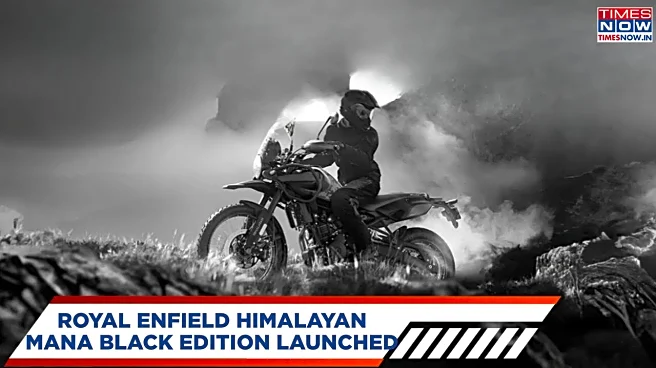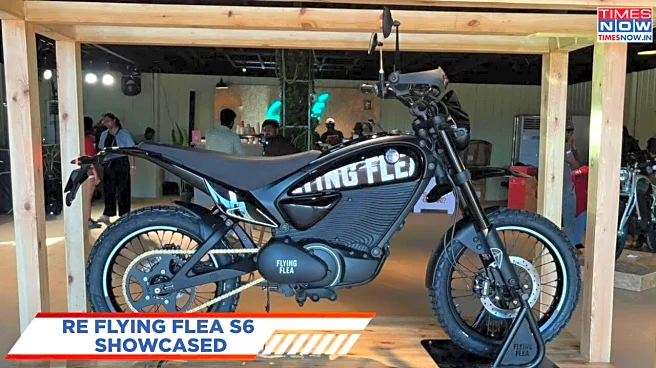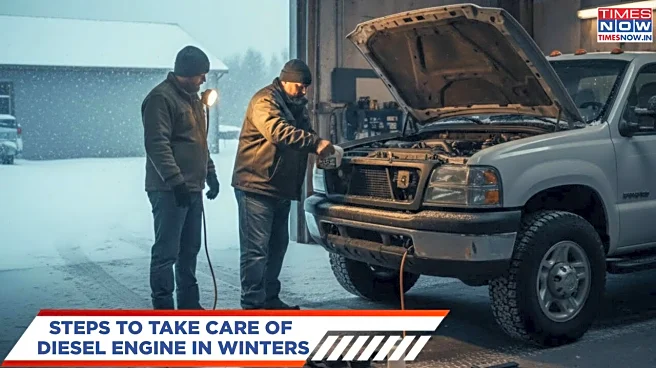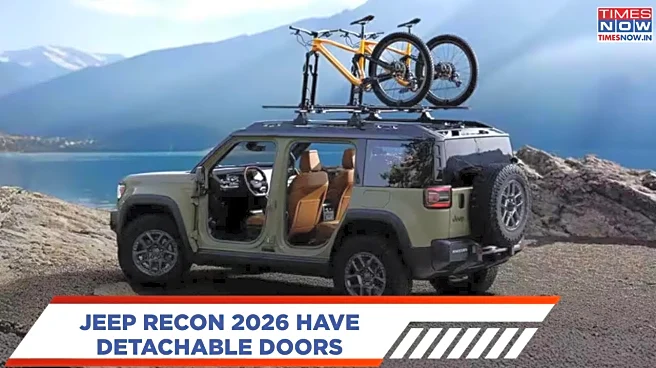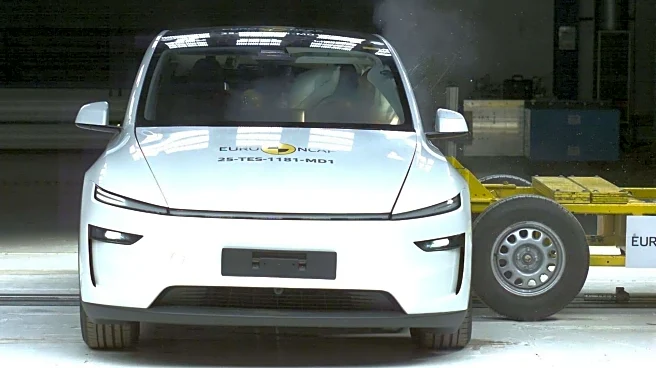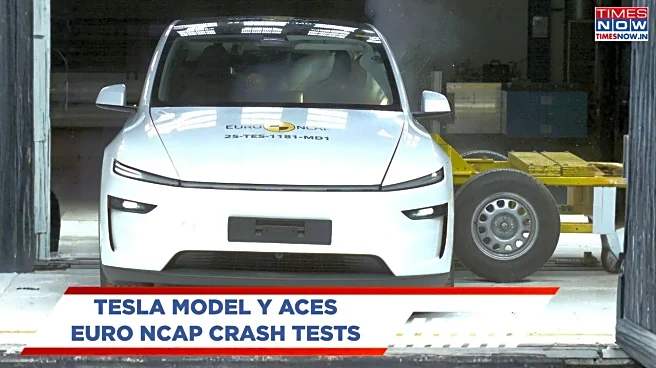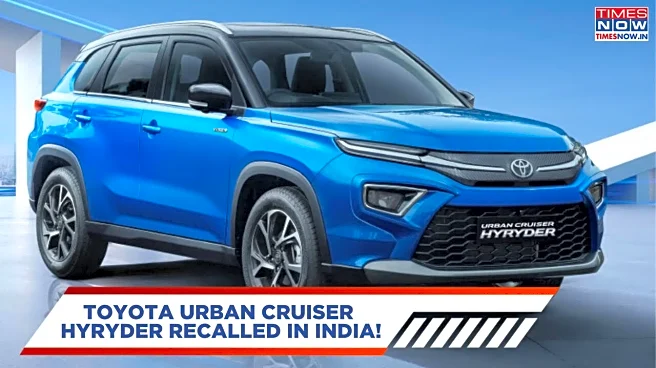India is preparing for a major leap in vehicle safety as the Ministry of Road Transport and Highways (MoRTH) has released the draft for Bharat NCAP 2.0, the upgraded version of the country’s car safety rating program. The new framework is expected to apply from 2027 starting.
Bharat NCAP ratings help buyers easily understand how safe a car is and with the new 2.0 draft, the government aims to push manufacturers to build stronger, smarter and safer vehicles for Indian roads.
Five Pillar Safety Assessment
The updated Bharat NCAP 2.0 moves beyond basic crash testing and introduces a five-pillar safety assessment which is a structured method that checks how well a car can avoid a crash, protect during a crash, and even help after a crash. These five pillars
include-
- Safe Driving
- Accident Avoidance
- Crash Protection
- Vulnerable Road User Protection
- Post-Crash Safety.
New Crash Test
One of the biggest changes is the addition of two new crash tests, which is an oblique pole side impact test and a rear impact test. These are the add-ons to the already existing frontal and side impact tests. In simple words, this means cars will now be tested for more real-life accident situations. If a car wants to score three stars or more, it must perform strongly in adult occupant safety. For a 5-star rating, no safety category can be neglected.
Pedestrian and Motorcyclist Safety
For the first time, the draft also brings a strong focus on pedestrian and motorcyclist safety, which is extremely relevant in India where a large portion of road fatalities involve two-wheelers and walkers. Front-end designs will now be tested to reduce injury to people outside the vehicle. Optional points are also available for cars equipped with Autonomous Emergency Braking (AEB) that can detect pedestrians and motorcyclists. This is a technology that helps avoid collisions altogether.
Also Read: How To Protect Your Diesel Car This Winter - 8 Points To Keep In Check
The “Safe Driving” category checks for alert-based driver assistance features such as seat belt reminders, drowsiness alerts, lane departure warnings, blind spot monitoring and more. These features are commonly found in higher-end cars today but the new system encourages manufacturers to offer them across more models.
Eligibility Rules
Another major update is new eligibility rules as not every car can be tested unless it meets certain basic safety requirements. ESC (Electronic Stability Control) and curtain airbags must now be standard equipment. Cars with side-facing seats will no longer qualify. This ensures even the base variants sold in India are built to a minimum safety standard.
Post-Crash Safety
The new draft also highlights post-crash safety for the first time. This includes how easy it is for rescue teams to access passengers, how well the car manages fire or electrical risks and whether it supports features like SOS calling or multi-collision braking.
With stricter scoring rules and higher cut-offs for star ratings, Bharat NCAP 2.0 aims to make Indian cars safer than ever before.
For more two wheeler, three wheeler and auto industry updates, stay tuned to Times Now Auto.


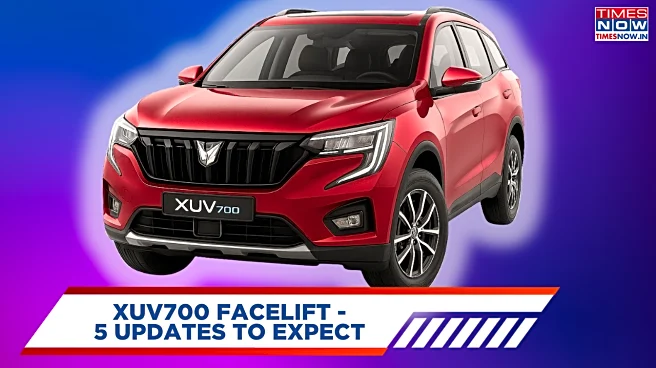
/images/ppid_a911dc6a-image-176371914616134790.webp)

